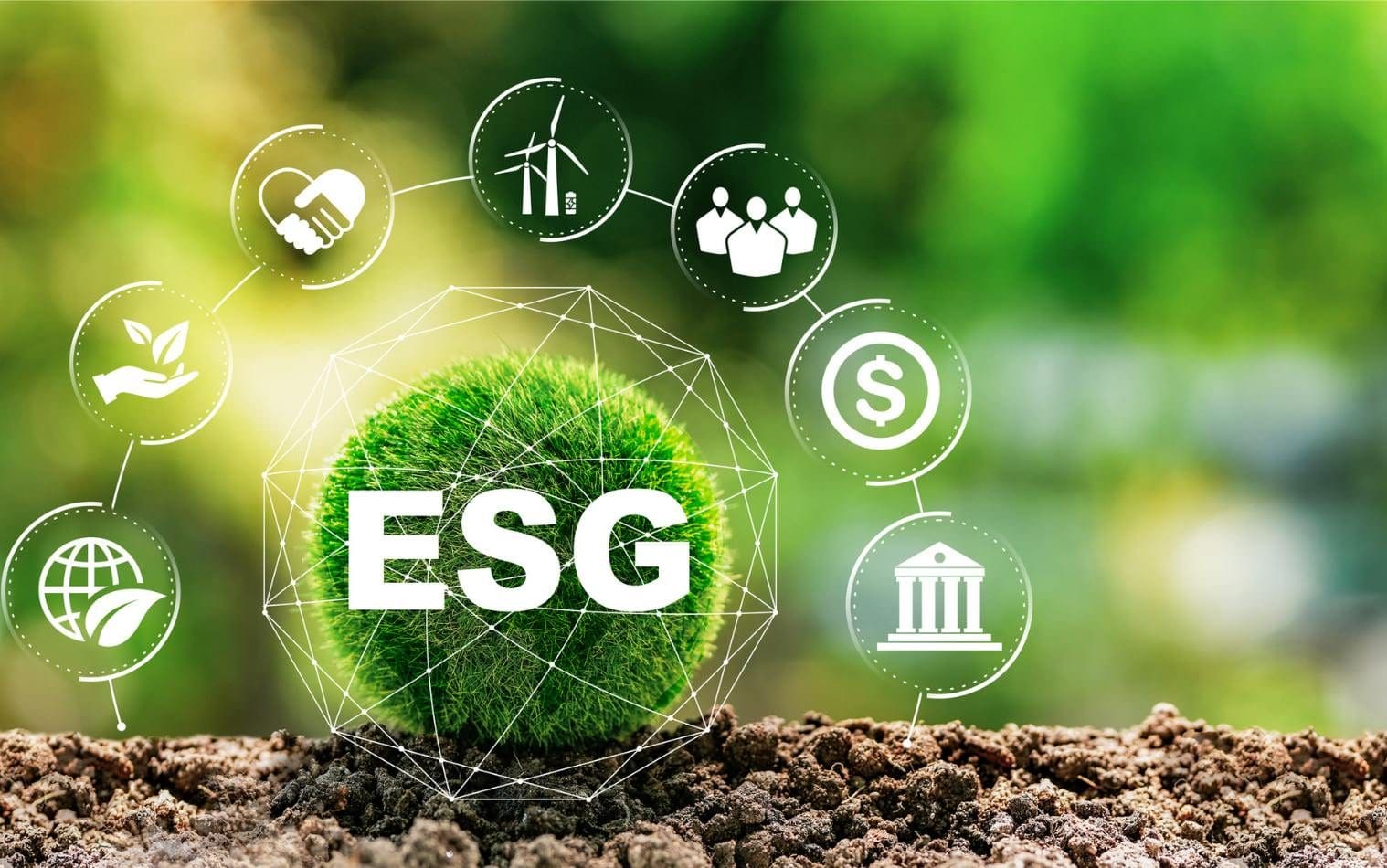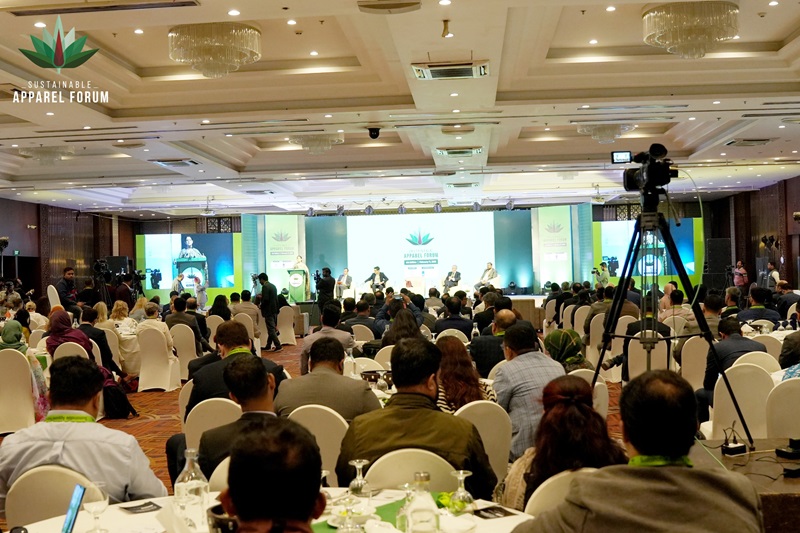
The textiles and apparel industry a global behemoth employing millions and touching every life, stands at a critical juncture. While it provides essential clothing and fuels economies, its traditional practices have left a significant environmental and social footprint. Enter ESG (Environmental, Social, and Governance), a framework that’s rapidly transforming how the industry operates, moving beyond conventional sustainability and green chemistry to encompass a holistic approach to responsible business.
Compliance and regulations globally and India
ESG is not a monolithic concept. Its implementation varies significantly across regions, driven by differing regulatory landscapes and market demands.
European Union: The EU is a frontrunner in ESG regulations. The EU Strategy for Sustainable and Circular Textiles aims to make textiles more durable, repairable, recyclable, and resource-efficient. Specific regulations like the upcoming Ecodesign for Sustainable Products Regulation will set mandatory requirements for textiles, including recycled content targets and restrictions on harmful substances. The EU Taxonomy provides a classification system for environmentally sustainable economic activities, influencing investment decisions.
US: While the US doesn’t have a comprehensive federal ESG mandate like the EU, it’s increasingly focusing on disclosures. The Securities and Exchange Commission (SEC) is pushing for standardized climate-related disclosures, impacting publicly traded apparel companies. Furthermore, California’s SB 253 and SB 260 require companies doing business in the state to disclose their greenhouse gas emissions, pushing for greater transparency.
Asia: Asia, a major manufacturing hub, sees a diverse ESG landscape. Countries like India, Bangladesh, and Vietnam are facing increasing pressure from international brands and consumers to adopt better ESG practices. While regulations are evolving, initiatives like the Sustainable Apparel Coalition (SAC) and its Higg Index are driving industry-led efforts toward standardization and improvement. China, a dominant player, is incorporating ESG principles into its national development strategies, with guidelines for green manufacturing and social responsibility.
India: India’s textile industry, a significant contributor to the nation’s economy and employment, is increasingly recognizing the importance of ESG. While a comprehensive national ESG mandate is still evolving, the Securities and Exchange Board of India (SEBI) has introduced Business Responsibility and Sustainability Reporting (BRSR) requirements for listed companies, pushing for greater transparency on ESG performance. This is a crucial step, encouraging companies to integrate ESG factors into their operations and reporting.
Beyond sustainability and green chemistry
ESG goes beyond the traditional understanding of sustainability by integrating environmental concerns with social and governance factors. It moves beyond just ‘green’ processes to encompass a broader spectrum:
Environmental: This includes reducing carbon emissions, water consumption, and waste generation, promoting circularity, and using sustainable materials. It goes beyond just using organic cotton to encompass the entire lifecycle of a garment.
Social: This focuses on fair labor practices, safe working conditions, respecting human rights, promoting diversity and inclusion, and supporting communities. It addresses issues like living wages, worker safety in factories, and eliminating forced labor.
Governance: This involves ethical business practices, transparency, accountability, board diversity, and risk management. It ensures that ESG considerations are integrated into decision-making processes at all levels.
ESG recognizes the interconnectedness of these factors. For instance, a company might use recycled polyester (environmental) while ensuring fair wages and safe working conditions in its factories (social) and having a diverse and independent board overseeing its operations (governance). This holistic approach distinguishes ESG from earlier, more limited sustainability initiatives.
Challenges and concerns
Implementing ESG in the textiles and apparel sector comes with its own set of challenges:
Supply chain complexity: The industry’s complex and globalized supply chains make it difficult to trace materials, monitor working conditions, and ensure compliance with ESG standards at every stage.
Cost of implementation: Investing in new technologies, implementing robust traceability systems, and improving working conditions can be expensive, particularly for smaller manufacturers.
Greenwashing: The risk of ‘greenwashing’ where companies make misleading claims about their sustainability efforts, is a significant concern. Robust verification and transparency are crucial to maintain credibility.
Lack of standardization: The lack of globally standardized ESG reporting frameworks can make it difficult for companies to measure and compare their performance.
India-specific challenges: In India, the large number of small and medium-sized enterprises (SMEs) in the textile sector presents a unique challenge. Many SMEs lack the resources and expertise to implement robust ESG practices. Moreover, the informal nature of parts of the industry makes it difficult to monitor and enforce ESG standards. Issues like water scarcity, particularly in textile clusters, add another layer of complexity to the environmental aspects of ESG.
A compelling business
While ESG implementation can involve upfront costs, it also presents a compelling business Consumers, particularly millennials and Gen Z, are increasingly conscious of the social and environmental impact of their purchases. Companies with strong ESG credentials enjoy a better brand image and attract loyal customers. A 2023 study by McKinsey found “consumers are willing to pay a premium of up to 10 per cent for sustainable products.
Moreover investors are increasingly incorporating ESG factors into their investment decisions. Companies with strong ESG performance are more likely to attract investment and secure better financing terms. Proactive ESG management can help companies mitigate risks related to environmental regulations, social unrest, and reputational damage. And implementing sustainable practices can often lead to cost savings through reduced resource consumption and waste generation.
For Indian textile companies, embracing ESG can unlock significant opportunities. It can enhance their competitiveness in the global market, attract foreign investment, and improve their access to international buyers who are increasingly prioritizing ESG compliance. Also, a strong focus on social aspects, such as fair labor practices and community engagement, can contribute to social harmony and create a positive impact on local communities.
Treading the future
The future of ESG in the textiles and apparel sector is promising, driven by increasing regulatory pressure, growing consumer awareness, and evolving investor expectations.
First technologies like blockchain will play a crucial role in enhancing transparency and traceability across supply chains, enabling consumers and brands to make informed decisions. Second the industry will move towards circular economy models, where textiles are designed for durability, recyclability, and reuse, minimizing waste and resource depletion. Third, collaboration among brands, manufacturers, NGOs, and governments will be essential to address the complex challenges of ESG implementation. And also, the development of globally standardized ESG reporting frameworks will enable companies to measure and compare their performance more effectively.
In India, the focus on ESG is expected to intensify. The BRSR framework is likely to be strengthened, and more specific regulations related to environmental and social aspects of the textile industry are anticipated. Initiatives like the Sustainable Apparel Coalition (SAC) and its Higg Index are gaining traction, providing platforms for Indian companies to benchmark their ESG performance and collaborate with global brands. The Indian government is also promoting sustainable textile practices through initiatives like the National Mission for Sustainable Textile Development. The rise of conscious consumers in India is also driving demand for sustainably produced clothing, creating a market incentive for companies to adopt ESG practices. A greater emphasis on skill development and capacity building will be crucial to enable SMEs to implement ESG effectively. Public-private partnerships and industry collaborations will play a vital role in accelerating the adoption of ESG across the Indian textile sector.










